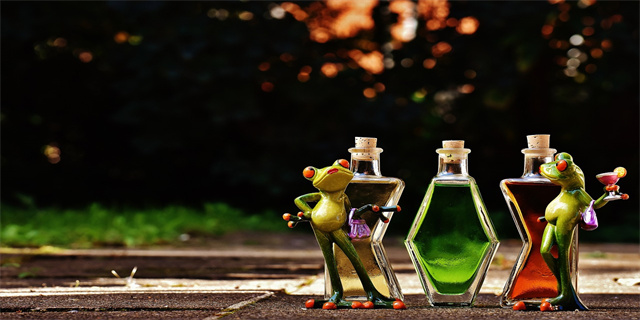Unwinding the Mystery of Wound Up Prototypes
Wound up prototypes are a crucial component of the manufacturing industry. They are the first models of a product in the development stage, and they undergo multiple iterations and testing before they are deemed ready for mass production. In this article, we will take a closer look at wound up prototypes and understand how they work.
What are wound up prototypes?
Wound up prototypes, also known as functional prototypes, are the first 3D printed models of a product. These prototypes are created to test the functionality of the product and to identify design flaws that need to be corrected before the product is sent for mass production. Wound up prototypes are printed using high-quality materials and are often stronger and more durable than the final product. This is because they need to undergo rigorous testing and simulations to ensure that the final product is of the highest quality.

How are wound up prototypes made?
Wound up prototypes are created using a process called Fused Deposition Modelling (FDM). In this process, a 3D model is first created using computer-aided design (CAD) software. The 3D model is then sliced into layers, and the printer builds the prototype layer by layer, by melting and extruding plastic filament through a nozzle. The nozzle moves back and forth, building up the layers until the prototype is complete. Wound up prototypes can be printed in a variety of materials, including ABS, PLA, and PETG. Once the prototype is printed, it is put through rigorous testing and simulations to ensure that it performs as intended.
Why are wound up prototypes important?
Wound up prototypes are an essential component of product development. They allow designers to test the functionality of a product before it goes into mass production. By identifying design flaws early on, wound up prototypes help save time and money in the long run. Additionally, wound up prototypes allow designers to make changes to the product quickly and easily. Since the prototype is only a fraction of the cost of the final product, designers are more willing to take risks and experiment with different design concepts. This, in turn, leads to a better final product that has been thoroughly tested and refined.

In conclusion, wound up prototypes are a crucial component of product development. They allow designers to test the functionality of a product and identify design flaws that need to be corrected before the product is sent for mass production. Wound up prototypes are created using high-quality materials and are often stronger and more durable than the final product. They are made using FDM, and once printed, undergo rigorous testing and simulations to ensure that they perform as intended. When it comes to product development, wound up prototypes are an indispensable tool that helps save time and money and leads to a better final product.








